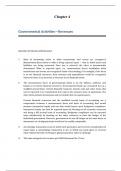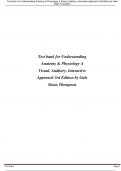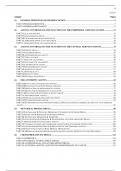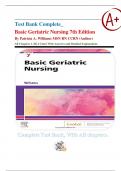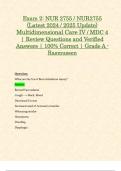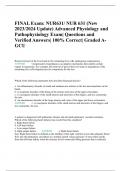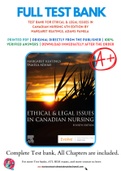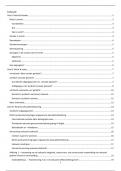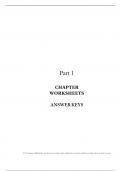Exam (elaborations)
Solution Manual for Intermediate Accounting 18th Edition, by Donald E. Kieso, Jerry J. Weygandt and Terry D. Warfield .Chapter 1- 23 | Complete Guide A+
- Course
- Institution
- Book
Copyright © 2022 WILEY Kieso, Intermediate Accounting, 18/e, Solutions Manual (For Instructor Use Only) 5-1-1 Complete Solution Manual and Instructor Resource for Intermediate Accounting, 18th Edition 18th Edition, by Donald E. Kieso, Jerry J. Weygandt and Terry D. Warfield. ISBN- Chapter 1 Financ...
[Show more]




